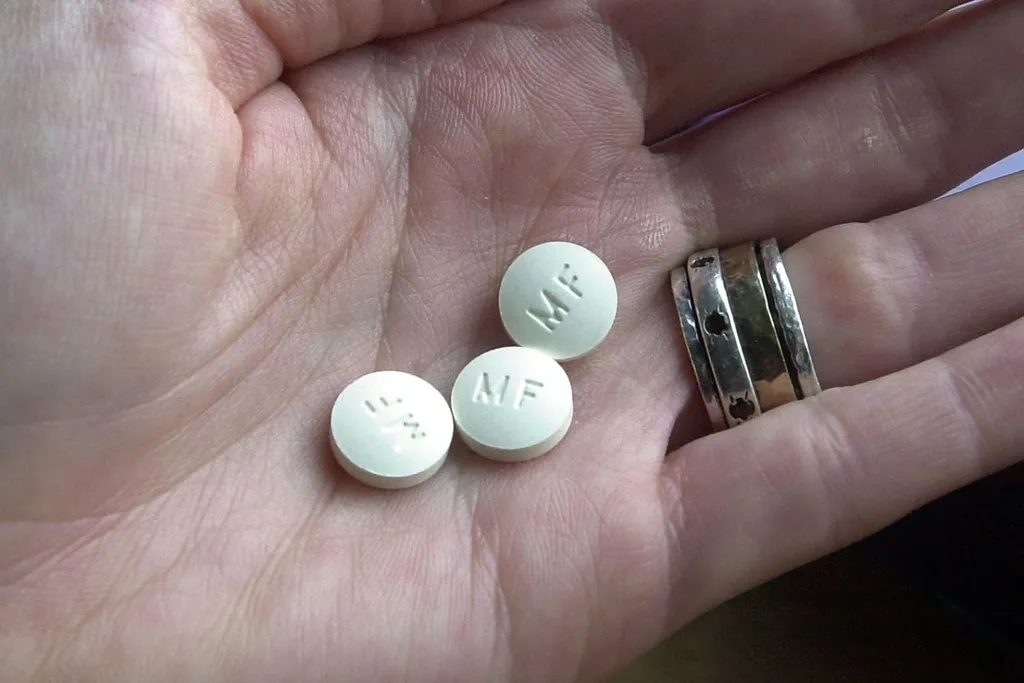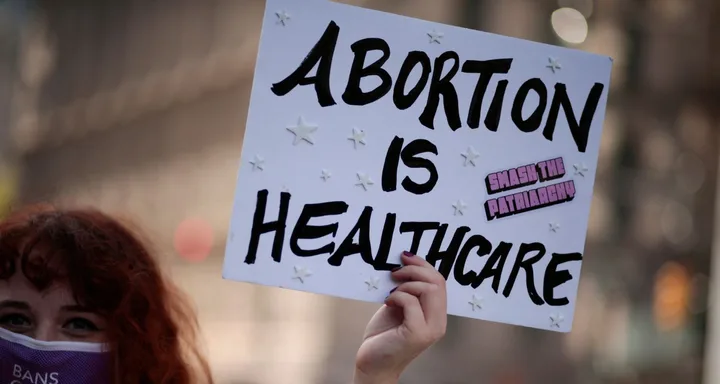Australian women will have better access to medical abortions, after a number of restrictions against the termination pill were lifted.
Previously, the drug, known as MS2-Step or RU486, could only be prescribed by specially certified doctors, and dispensed by select authorised pharmacies.
From August 1, 2023, the Therapeutic Goods Administration (TGA) will remove these barriers, so that any qualified healthcare professional may administer the drug, including nurses. It will also lift the restriction on pharmacies.
Below, everything you need to know about the changes to medical abortions in Australia.

What Is A Medical Abortion And How Does It Work?
A medical abortion is a two-step process available in the early stages of pregnancy. Although it’s commonly known as the “abortion pill”, a medical abortion actually consists of two different drugs: Mifepristone (RU486) and Misoprostol.
RU486 blocks the production of progesterone, which essentially “stops” the pregnancy. Misoprostol, which must be taken 36 to 48 hours after RU486, causes the uterus to contract, expelling the pregnancy.
Essentially, the combination of drugs is simulating a miscarriage, and allows women (and others) to terminate a pregnancy at home, without undergoing a surgical procedure.
However, it is not a suitable option to all pregnant people, and does not have a 100% success rate in termination. Medical care is still a crucial step in the abortion process.

Who Is Eligible For A Medical Abortion In Australia?
According to privately-owned abortion provider MSI, a medical abortion can be administered anywhere in Australia up to nine weeks gestation.
A medical abortion may not be suitable for people with an IUD in place, Haemorrhagic disorder, suspected ectopic pregnancy, or a travel time to emergency services of more than two hours.
In these circumstances, and for people beyond nine weeks gestation, a surgical abortion may be required.
Currently, a medical abortion can be accessed everywhere in Australia without a doctor’s referral, excluding Western Australia.
Why Was Access To Medical Abortion Restricted?
The history of medical abortion in Australia is shrouded in complicated politics.
The drug was banned in Australia in 1996, when then-Prime Minister John Howard capitulated to pro-life Senator Brian Harradine’s amendment to the Therapeutic Goods Act of 1989, in exchange for Harradine’s support of the privatisation of Telstra.
It was finally legalised in 2006, in a rare conscience vote that saw Senator Harradine stripped of his powers to veto the bill, which was sponsored by a cross party group of female senators. (Howard opposed the bill, saying that to call RU486 “just another drug” was “pretty absurd”.)
It then took another six years for the TGA to approve the drug, but harsh restrictions on how the drug could be both described and dispensed were put in place.
Managing director of MSI, Greg Johnson, said on 11 July that there is no good reason for these restrictions to remain in place, more than a decade after the drug has been proven to be safe and effective.
“Many of the restrictions on prescribing and dispensing abortion medicines were put in place a long time ago when it was first registered for use.
“We now have over 10 years’ experience in Australia showing that medical abortion is very safe and effective and does not warrant these restrictions which created unnecessary obstacles for people seeking to access vital healthcare.”

What Do The Changes To Medical Abortion Mean?
The current barriers to access meant that, although medical abortion is technically available, it is not fairly accessible to all Australian women and those assigned female at birth.
According to the SPHERE Centre for research excellence, which specialises in reproductive health, only one in 10 GPs are currently able to prescribe abortion drugs.
Another study found that the restrictions unfairly impeded access for women in rural locations or from disadvantaged backgrounds. Specifically, those who had more than four hours to travel to a GP, Indigenous women, and women experiencing financial difficulty were found to be more likely to present after nine weeks gestation, making them ineligible for a medical abortion.
President of the Royal Australian College of GPs Dr Nicole Higgins said lifting restrictions will improve access to the drug for these groups.
“At the moment, being able to access the medications from pharmacies can be challenging, especially in rural and regional Australia, so this now increases the number of providers of those medications who will be able to provide that to women.”
What To Do If You’re Seeking An Abortion
If you’re seeking an abortion in New South Wales, you can discuss your options by calling the Pregnancy Choices Helpline on 1800 008 463.
For further information on abortion counselling, or to access support, contact:
- The Family Planning Alliance
- 1800 My Options (1800 696 784)
- 1800 Respect (1800 737 732) if you have experienced sexual assault or domestic violence
- PANDA on 1300 726 306 if you are experiencing anxiety or depression related to pregnancy
- Lifeline on 13 11 14 for crisis support
You can access information on the laws around abortion in your state here.










